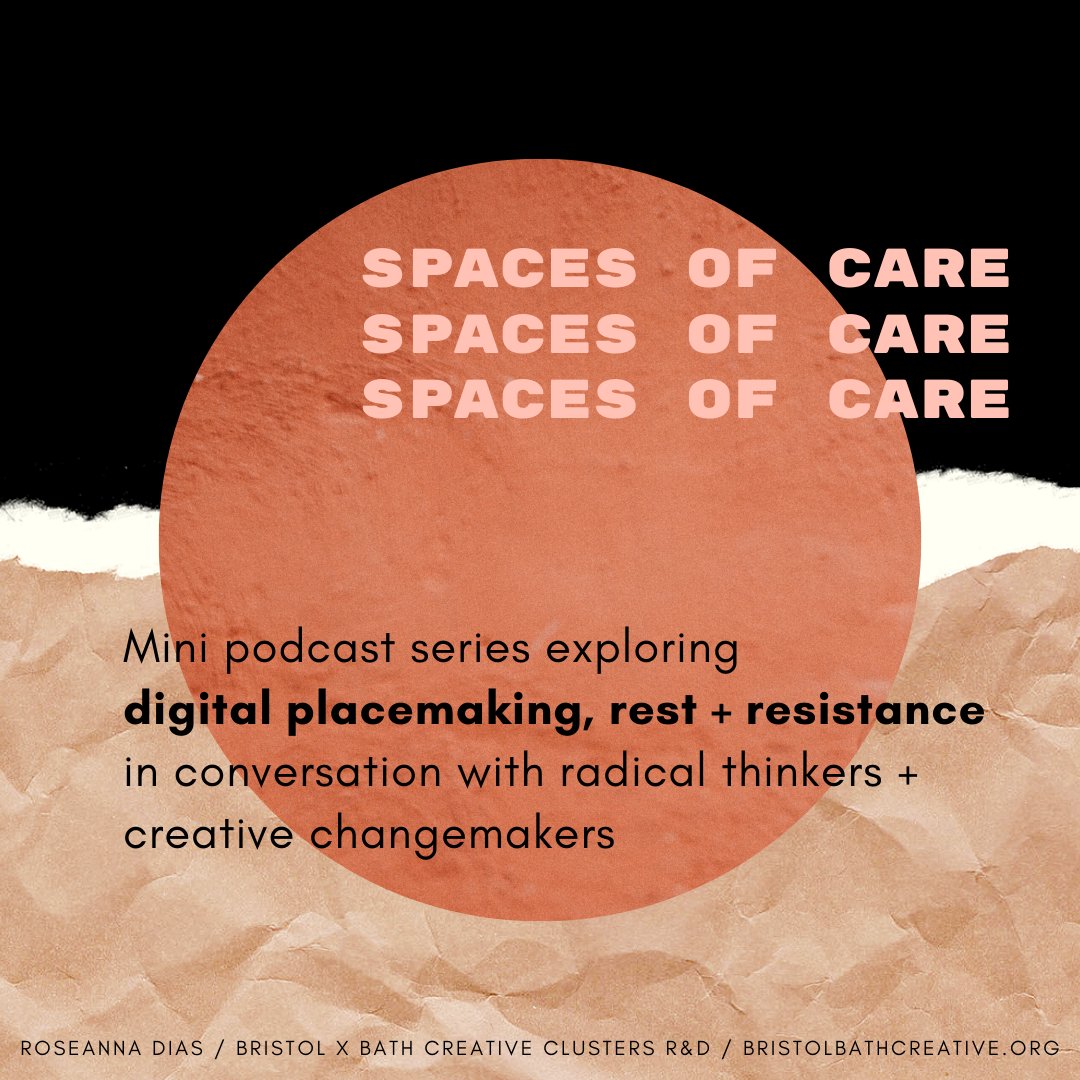On my Fellowship, I've been asking whether science-fiction storytelling and Augmented Reality (AR) can inspire people to imagine preferable, more inclusive futures for their places together?
Can interactive performance methods engage a wider range of people in discussing plans for their neighbourhoods, and are these conversations more effective in the sites that are being developed?
I was interested in whether places can be critiqued through located science-fiction storytelling, how the distancing effect of sci-fi relates to AR, and ways in which @UGuests & @_dspk's Billennium models a participatory and democratised approach to urban design.
I started by surveying innovative methods of futuring, futures as critical lenses, and design science-fiction as a way of prototyping. Does anyone have any suggestions of approaches I should check out?
I've been inspired by @anabjain of @Superflux, who hopes that, 'through the lens of the future’, people can ‘reflect better on the present, on the decisions and the actions we take today, on where we want to be’, and what we can do to get there.
I was also inspired by Walidah Imarisha and adrienne maree brown's 'Octavia's Brood', an anthology of sci-fi by community organizers and activists, stories that explore the connections between radical speculative fiction and movements for social change. akpress.org/octavia-s-broo…
Been reading Octavia Butler's 'Parable of the Sower' & now 'Parable of the Talents' since lockdown. Not exactly uplifting! But there's certainly a critical relationship between her dystopian thinking & our present. And worrying resonances with her extraordinary future imaginings.
I'll link to a couple of other sites/projects I’d recommend giving some attention to, Community Futurisms by Black Quantum Futurism @AfroFuturAffair:
blackquantumfuturism.com/community-futu…
blackquantumfuturism.com/community-futu…
And this inspiring @Superflux speculative design project, Mitigation of Shock, which enables people to experience and understand a possible future in a tangible, embodied way: dezeen.com/2019/12/31/sup…
Perhaps unsurprisingly, I was also inspired by Ursula Le Guin, who writes that ‘the most powerful tool is the imagination – the willingness to imagine alternatives to reality as we know it … is always the first step toward making different and better realities possible’.
Of course, it should be acknowledged that it may not be ‘the willingness to’, but rather the privilege to. Who has the time and space to imagine, to imagine a future, and to imagine themselves in it?
In response to this research, I’ve been developing Future Places Toolkit, a set of Augmented Reality facilitation tools for neighbourhood visioning, participatory planning, and community-led consultation. This video will give you a sense:
Thanks to Jess of @UGuests, creative technologists @MPanegrossi & Luca Biada (@fenyceworkspace) & to @_dspk for collaborating. And to our partners, architects @StrideTreglown & @knowlewestmedia, for all the consultations & supporting us with developing it.
We're interested in whether digital tools can help people participate more actively as citizens in creating, visualising, & communicating ideas for shaping their places: doing “social dreaming” together about what kind of futures they want, as Dunne and Raby say (2013).
Consultation tends to take place away from the development site, with plans displayed in a community centre. Our AR app allows drawings to be viewed in context, overlaid onto existing buildings & redrawn, & for discussions between stakeholders and communities to happen in situ.
Using AR, guided conversation & live sketching, people will see their speculative architectures visualised immediately around them. Live spatialised sound brings their ideas to life, giving their future places atmosphere and supporting their imaginings.
Imagine your neighbourhood in 5, 10, 25, 50 years time...
How will people get to and from here? What about energy; where does the power come from in your future? Is there anywhere to work? Where do people live, and are homes here affordable?
How will people get to and from here? What about energy; where does the power come from in your future? Is there anywhere to work? Where do people live, and are homes here affordable?
What is there to do for leisure, is there somewhere to play, for rest or recreation? Is there any green space?
You can read the full report on my #DigitalPlacemaking Fellowship here, see some of the co-created futures & hear what people on Bristol's Filwood Broadway imagined, needed and wanted for their neighborhood: bristolbathcreative.org/assets/uploads…
Local people visualised everything from better retail provision; a bakery & butchers, a café with pavement tables; to a skatepark built on top of the Broadway’s tall art deco buildings, autonomous solar-powered pods and a Knowle West narrow-gauge railway run by local volunteers.
In my report, I note the tendency not to centre users at the start of development processes, when they could input into the concept of a placemaking platform, but only to open the testing process to participation when designers need content to be generated or interacted with.
I also reflect on the drive to scale-up & turn to Anna Tsing’s idea of ‘nonscalability’. As we develop our toolkit, it's important to consider which aspects are not scalable or transferrable & need to be changed in relation to the specifics of each new physical & social location.
I want to end with a couple of questions, which return us to the start, before handing over to @Grace_Quantock. If digital placemaking is about making places better and enhancing people’s relationship with them, for whom are they made better and is value added for all?
The same issues come up with imagining ‘better futures’ and we need to keep asking, better for whom? In order that we don’t create barriers to access, we should develop inclusive ways of futuring; and envision equitable futures for digital placemaking.
We need to keep asking who's involved & who gets excluded from processes of visioning, & from futures imagined for neighbourhoods. Thanks for following this thread! I'm going to handover to @Grace_Quantock now. Looking forward to hearing her thoughts on inclusive placemaking.
• • •
Missing some Tweet in this thread? You can try to
force a refresh










